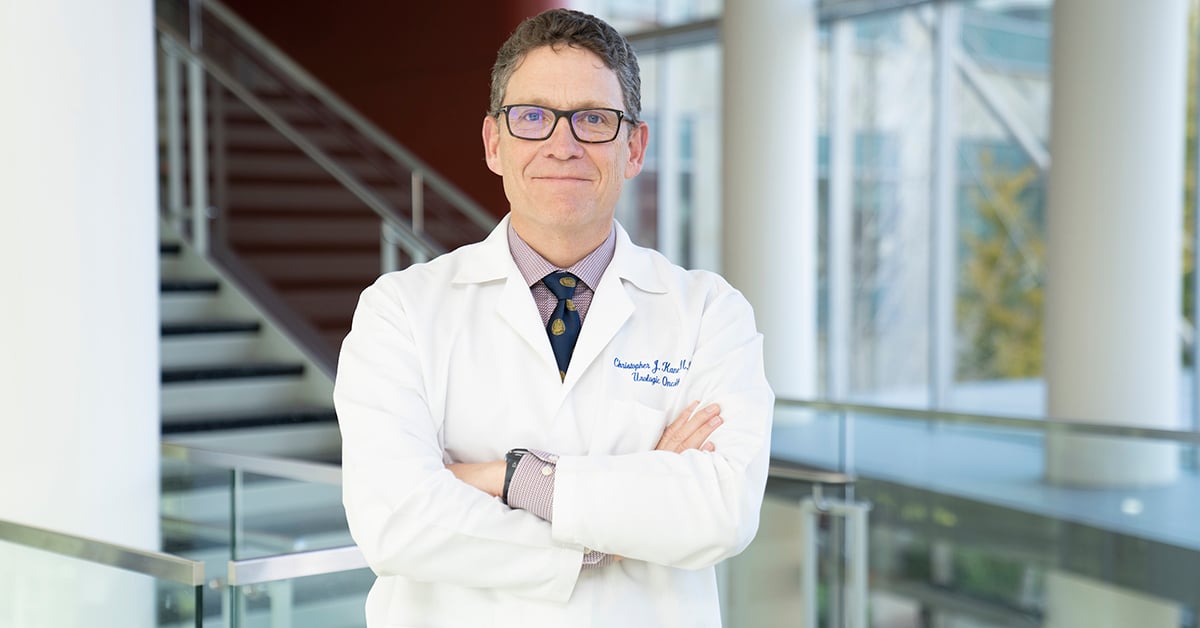June 9, 2025 | Jeanna Vazquez
Nationally Recognized for Sustainability in Health CareJacobs Medical Center and Hillcrest Medical Center at UC San Diego Health have been named Top 25 hospitals in the nation for exceptional sustainability efforts.

June 9, 2025 | Jeanna Vazquez
Nationally Recognized for Sustainability in Health CareJacobs Medical Center and Hillcrest Medical Center at UC San Diego Health have been named Top 25 hospitals in the nation for exceptional sustainability efforts.

June 3, 2025 | Annie Pierce
Psychiatry Residency Program to Launch in Imperial CountyUC San Diego Health and Imperial County Behavioral Health Services launch region’s first psychiatry residency program in Imperial Valley.

May 20, 2025 | Kim Coutts
Christopher Kane Appointed President of American Board of UrologyChristopher Kane, MD, CEO, UC San Diego Health Physician Group, appointed president of American Board of Urology.